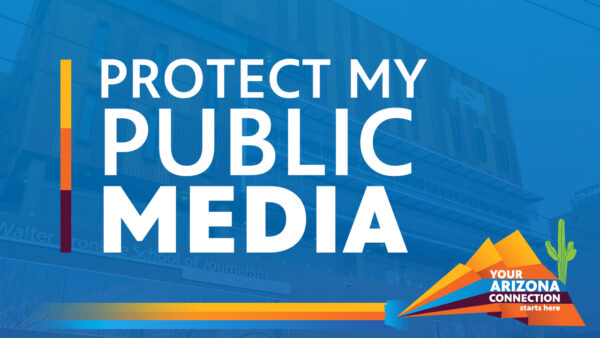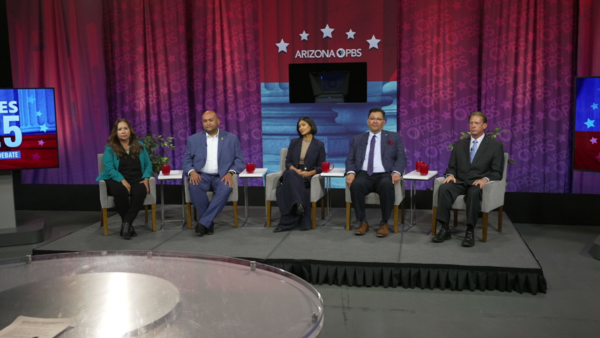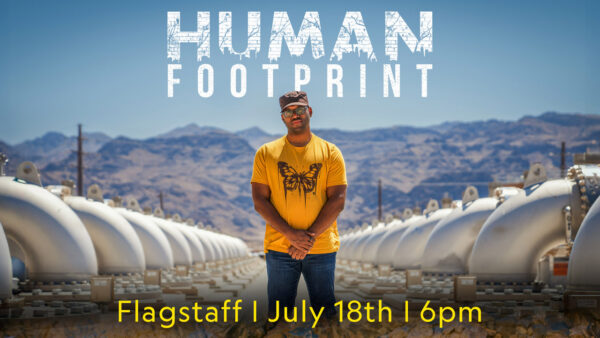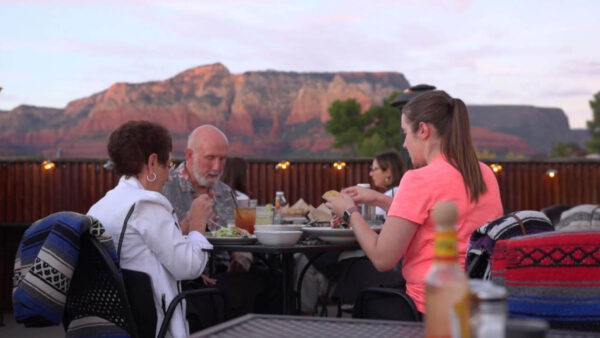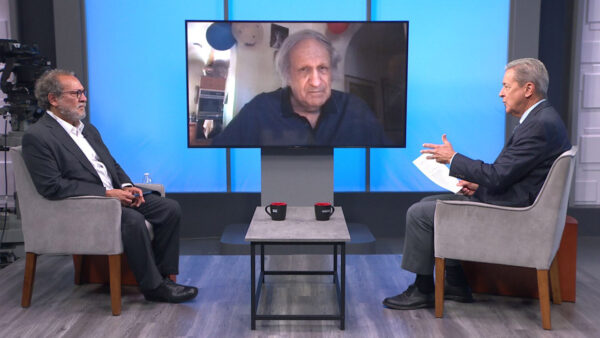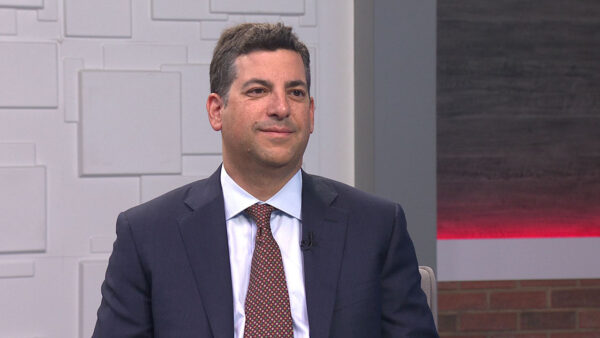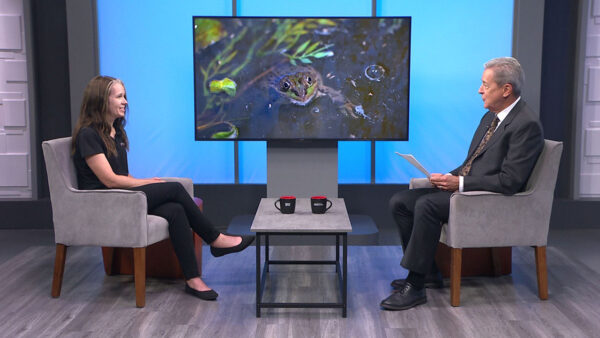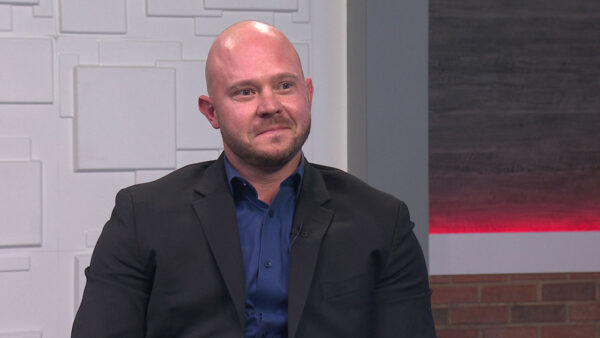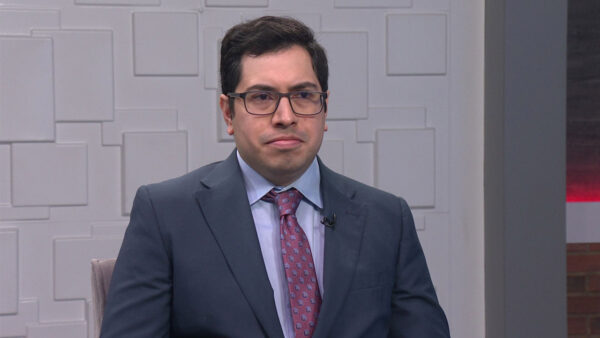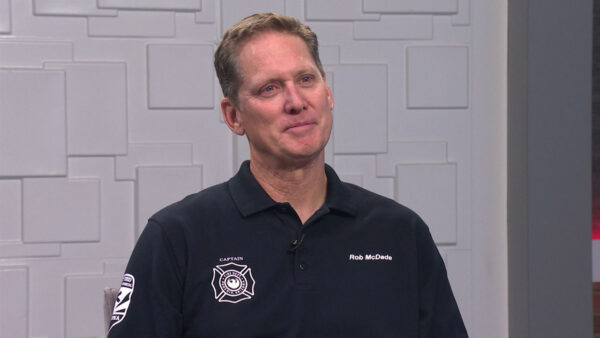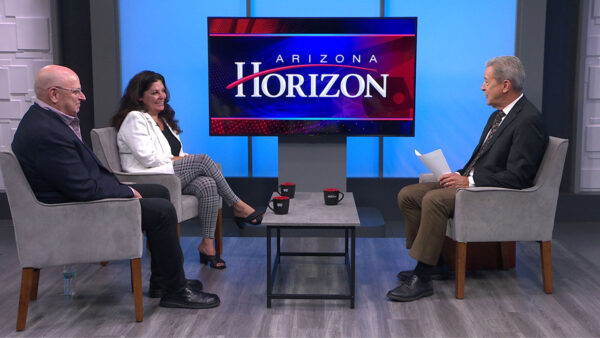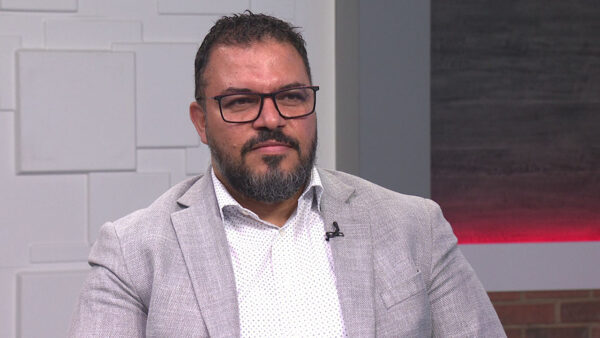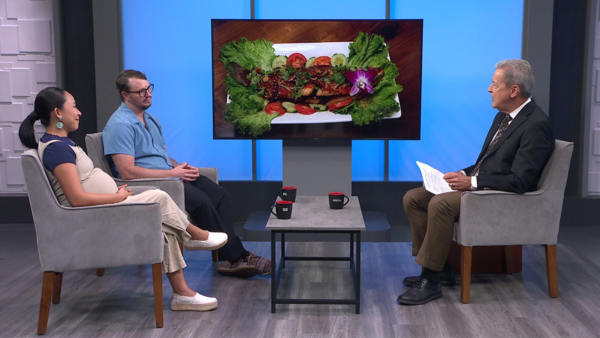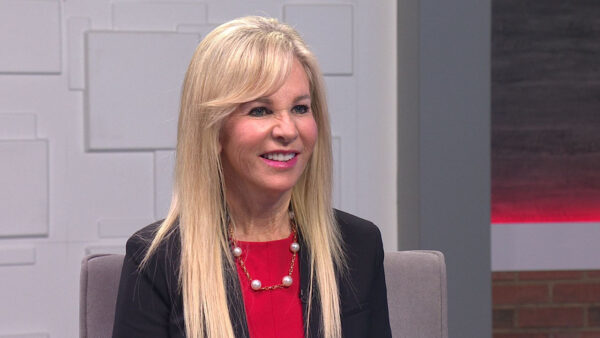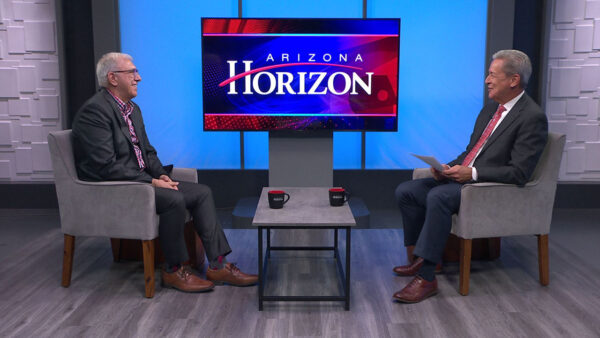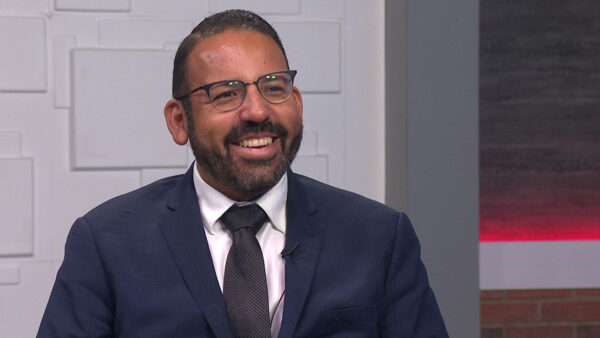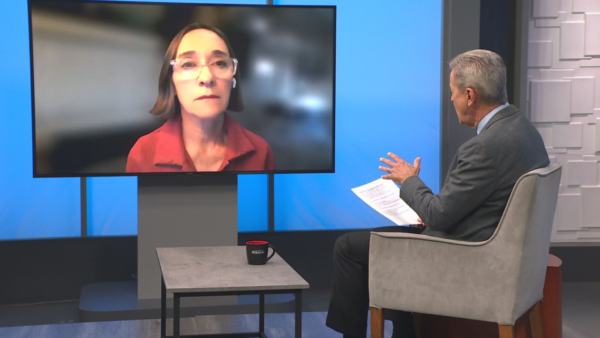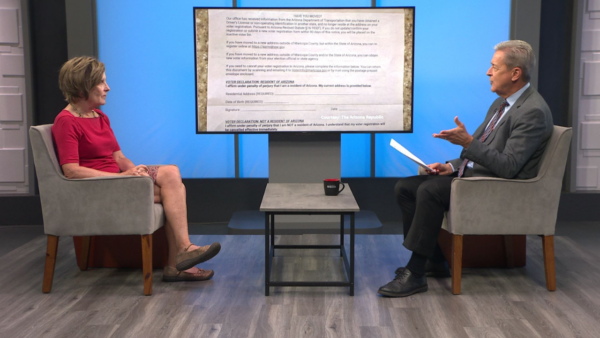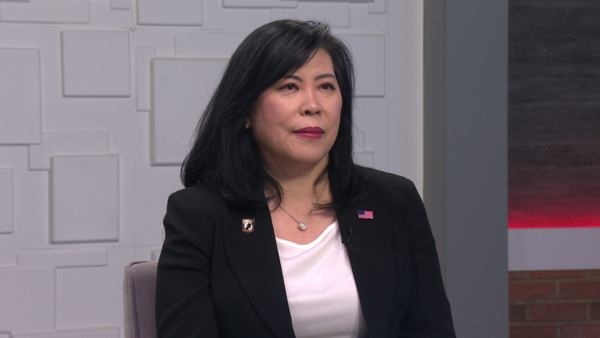ASU has opened its new Interdisciplinary Science and Technology Building 4 (ISTB4). Sethuraman Panchanathan, Senior Vice President of ASU’s Office of Knowledge Enterprise Development, describes what this state-of-the-art research facility has to offer.
Ted Simons: Tonight on our continuing coverage of Arizona technology and innovation we take a look at a new research facility recently opened at Arizona State University. It's a state-of-the-art structure designed to spur innovation and showcase research. Here to talk about the new building is Seth Raman Pahnchanahthahn, senior vice president of ASU's office of knowledge enterprise development and I think I got that name right.
Seth Raman Pahnchanahthahn: you got it right. Amazing.
Ted Simons: That's amazing.This is an amazing structure. Talk to us about what was behind this, how long it's taken from the idea to get the doors open here.
Seth Raman Pahnchanahthahn: yes. So this is one of the interdisciplinary science and technology buildings. We have had a number of those buildings. We had ISTB1, 2, 3, this is the fourth one. We already have five because it was one of the existing buildings that got converted. We have the bio design buildings as well. This was actually thought about four years ago. We designed it, we knew that this was going to be a place, a home for our school of space exploration. Going to put some research groups into that. So we knew what we were going to build and what kind of space we would want, and this is the single largest research building so far at ASU.
Ted Simons: We're looking at what looks like a moon-driven, Mars-driven stuff on display. You got a lot of high-tech labs there. Some of those on the first and second floors are open to the public. People can watch scientists at work.
Seth Raman Pahnchanahthahn: That's correct. We want to make sure that whatever is happening inside the building is also available for the public to get to see and get inspired by. Let's take for example our k-12 students today. We're looking for a lot of students interested in S.T.E.M.; science, technology and math disciplines and establish careers around those. Visiting this building and engaging with researchers, looking at some of the things going on inside the building, is bound to inspire youth to get interested in wanting those careers.
Ted Simons: And the meteorite collection will go a long way.
Seth Raman Pahnchanahthahn: absolutely. It's exciting to be able to touch, feel and look at the meteorite examples. One of a kind in the country.
Ted Simons: as long as the work being done, R&D on security and defense, on renewable energy, that's being accomplished as well.
Seth Raman Pahnchanahthahn: exactly. We have a security and defense initiative system initiative that we launched recently. We hired a very senior scientist from the U.S. Air Force, the chief sign test in Pentagon, he's coming and leading the initiative right now at ASU. This initiative, metro Phoenix area at large is hot bed for companies in the aerospace industry. We have a good position in terms of working with those companies, helping with the economic development of our state, also working on national security issues that benefit our nation.
Ted Simons: this is ASU's most expensive -- $185 million.
Seth Raman Pahnchanahthahn: that's correct. We have had this building constructed under budget and in a shorter time than originally envisioned. It's one of those nice projects to have launched.
Ted Simons: We talked about this on the program before. The idea is to get research going, but not only to get research going but to develop things, get patents for those things, wind up getting the patents turning into start-up businesses. You got jobs, you got everything circling back in, you have a self-perpetuating system.
Seth Raman Pahnchanahthahn: that's it. The other form of economic impact that in addition to working with industry.. We have an advanced battery center located in this building. That faculty member is already commercializing the technology coming out. He has Department of Energy funding that has incubated the ideas. The ideas are now getting into the marketplace. So this is costing economic impact, jobs will be created and just in the last year alone from research enterprise we have over 180 intellectual property disclosures across ASU. This is increasing year after year. These result in patents. They get licensed by companies or become the basis for new companies to be created.
Ted Simons: I think I know the answer but it might be confusing as well. Sky song seems to be somewhat similar. What's the difference?
Seth Raman Pahnchanahthahn: Here in this building the research happens. That research outcome is taken to a place like sky song where a faculty member or student will take that idea and then build that company around sky song, provide the environment. Training modules for them to think about how to start a company, incubation allowed other companies to get started and the attract investment.
Ted Simons: Before this building was constructed these scientists were working in different buildings. How much of a difference does this make?
Seth Raman Pahnchanahthahn: This makes a huge difference in the following sense. First of all there's the state of the the art sensibility. Brings researchers from multiple disciplines. That's what it's all about. Brings researchers from multiple disciplines and co-locates them so the bouncing of ideas, generation of new ideas, being together creates an eco-system that makes a very creative place. Now they can work on larger problems for the solutions for which require all these expertise being brought together.
Ted Sumons: You can work while you know other folks are watching you work. They have this Mars rover in the video clip, there's a replica of the curiosity right here in the door.
Seth Raman Pahnchanahthahn: exactly. We hhave the 2,000 pound curiosity on Mars and we have a reduced version of it right in the building as you enter the foyer on the left hand side. You'll see it right there. It was something we participated in with the jet propulsion laboratory in NASA and our scientists work on NASA programs including the next one, which is mining asteroids. As you enter the building these are glass enclosures. You can actually see what's going on. We want people to experience that so it's not behind closed doors but it's something people can watch and get inspired by.
Ted Simons: there's one looking at the camera images from the asteroid research was there as well. You can basically watch scientists getting those images.
Seth Raman Pahnchanahthahn: That's correct. So the real time images that come from the program people can watch us and even control the cameras and take pictures as they would like to see the different parts of the surfaces of the moon.
Ted Simons: You get a brand new building, brand new home, you think you're never going to move. What's next out there?
Seth Raman Pahnchanahthahn: We are always planning for the next thing. Just put it out there, our research expenditures, which is an indicator of how robust we are in terms of research growth, has tripled in the last ten years. We're now in the top 20 universities in the nation in terms of research performance. Like MIT, Cal-Tech, Austin. Universities of that caliber. We're advancing rapidly. As you advance, we need more new facilities and you'll make sure that you're planning for them now in order we will get them ready and online.
Ted Simons: Well it sounds like things are happening. Thank you so much for joining us.
Seth Raman Pahnchanahthahn: Thank you for giving me the opportunity to be with you.
Sethuraman Panchanathan:Senior Vice President, ASU Office of Knowledge Enterprise Development;
